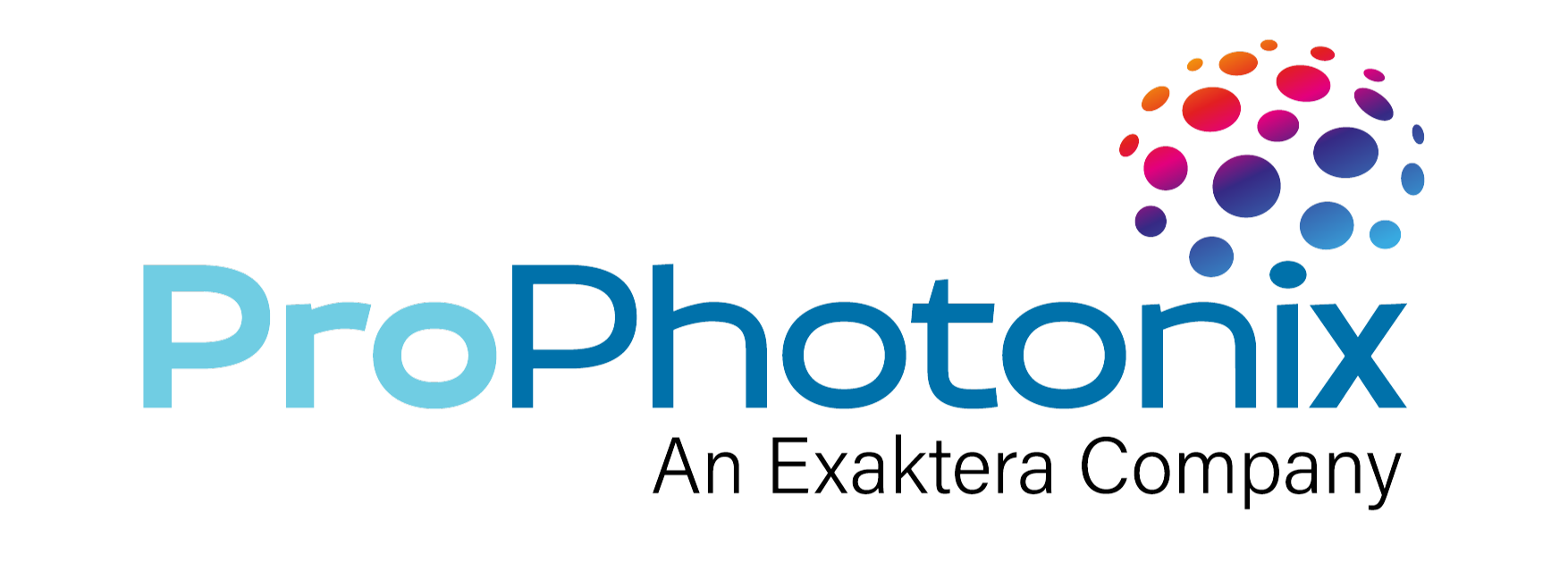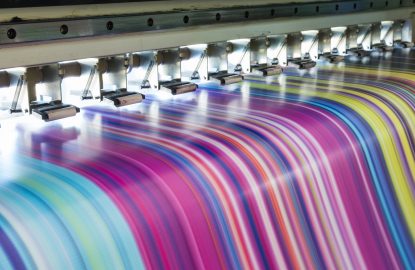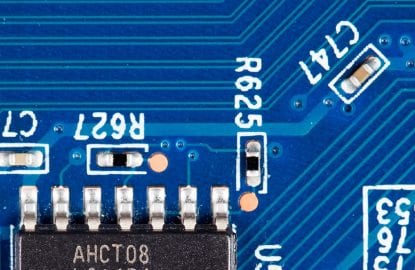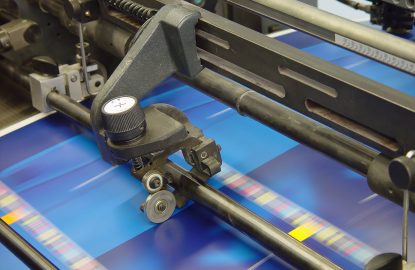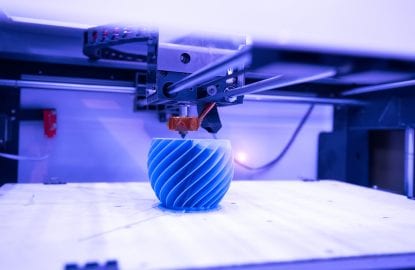Why is Thermal Management of UV LEDs Required?
High peak irradiance and energy density are important factors in UV curing. To achieve this in UV LED based curing lamps, a large number of LEDs operating at high current and voltage levels is required. This process produces a lot of heat in the LEDs. To maximize lifetime, reliability and performance this heat needs to be removed from the LEDs as efficiently and as quickly as possible. If this heat is not removed the LEDs intensity can drop significantly, lifetime can reduce and the LEDs can become permanently damaged. To this end, good thermal design is critical. Local thermal management techniques including choice of LED chip, LED packaging technique, LED circuit board choice and design, adhesive choice etc. are beyond the scope of this post but are important factors that need to be considered by a reliable lamp manufacturer.
This post will look at the macro thermal design considerations for UV LED curing systems as these decisions are more end-user led than the local thermal management decisions. This blog will discuss the advantages and disadvantages of direct air cooling and liquid cooling as well as the systems offered by ProPhotonix.
Direct Air Cooling
In systems where direct air cooling is employed, a heat sink acts as a passive heat exchanger that transfers the heat generated by the LEDs to air via fan assisted cooling. The hot air is dissipated away from the lamp, thereby allowing regulation of the device’s temperature to optimal levels. These types of lamps are quick and easy to install and because they need no external accessories and are inexpensive in comparison to liquid-cooled options.
A consequence of using fan-assisted cooling is that higher intensity lamps need larger heat sinks, bigger fans, and/or a large number of fans to remove the heat. For applications, where the lamps are moved at speed along a rail this extra weight may be an issue. The heavier the lamp the more robust the rail is required to support the lamp leading to an increase in costs. For relatively quiet environments such as laboratories, larger fans increase noise levels. Due to the large heat sinks on some high-intensity versions, these lamps may not be suitable for applications where space is restricted. In fact, there is a point at which high-intensity requirements necessitate a heat sink size that is not practical. As a result, for very high intensity and dose applications, lamps based in liquid cooling are preferred.
Liquid Cooling
Liquid cooling is an efficient method of extracting heat, particularly in applications where high power densities are required over wide curing areas. Many liquid cooled systems are designed to be rugged and reliable enough to withstand tough operating environments. Liquid-cooled systems are very compact making them suitable for applications where available space is a concern. These systems are also noise-free.
The drawbacks of liquid-cooled solutions are that they are more complex to install and are more expensive due to the requirement for a chiller unit. For systems where multiple lamps are required, more than one liquid flow input and output point are needed to ensure the liquid is evenly and sufficiently cooled to pull heat from the LEDs. Multiple water-cooling points increase potential points of failure in the system. The need for chillers and liquid pipes requires extra infrastructure that, for certain applications, is not suitable from a cost and form factor point of view.
Systems Offered by ProPhotonix
ProPhotonix offers a range of direct air-cooled UV LED systems with the COBRA Cure FX series.
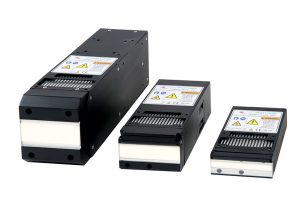
ProPhotonix also offers custom solutions where we can adapt many of our existing systems including liquid cooling options to meet your specific requirements. For more information on Specifying UV LED Curing Systems, download our whitepaper.
